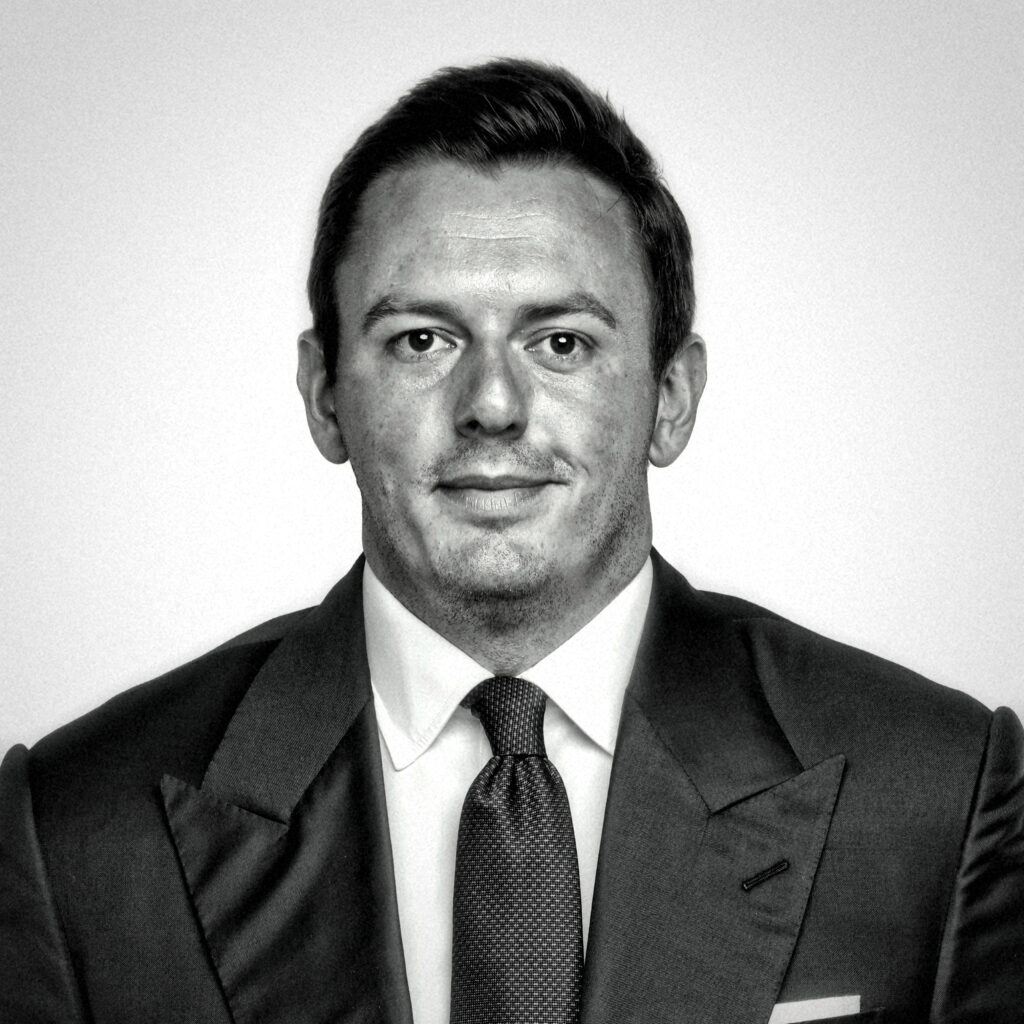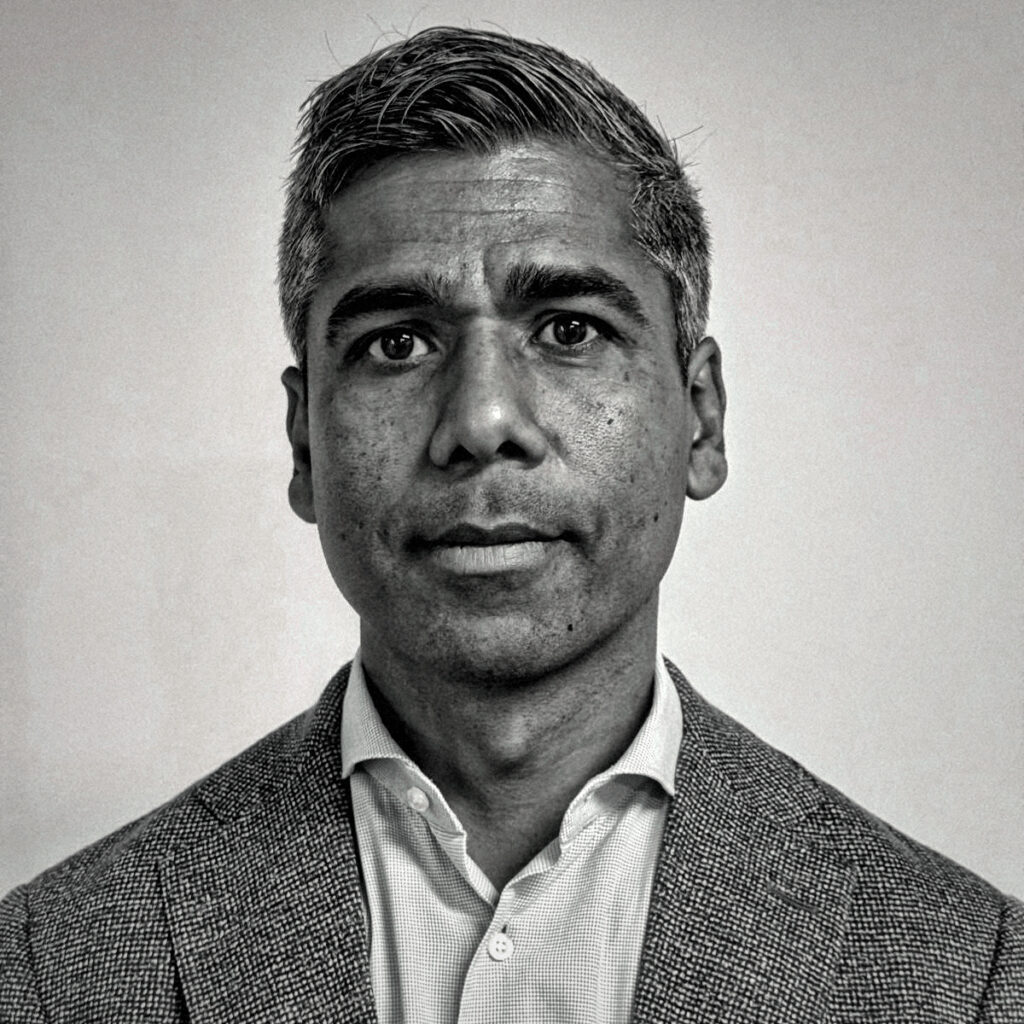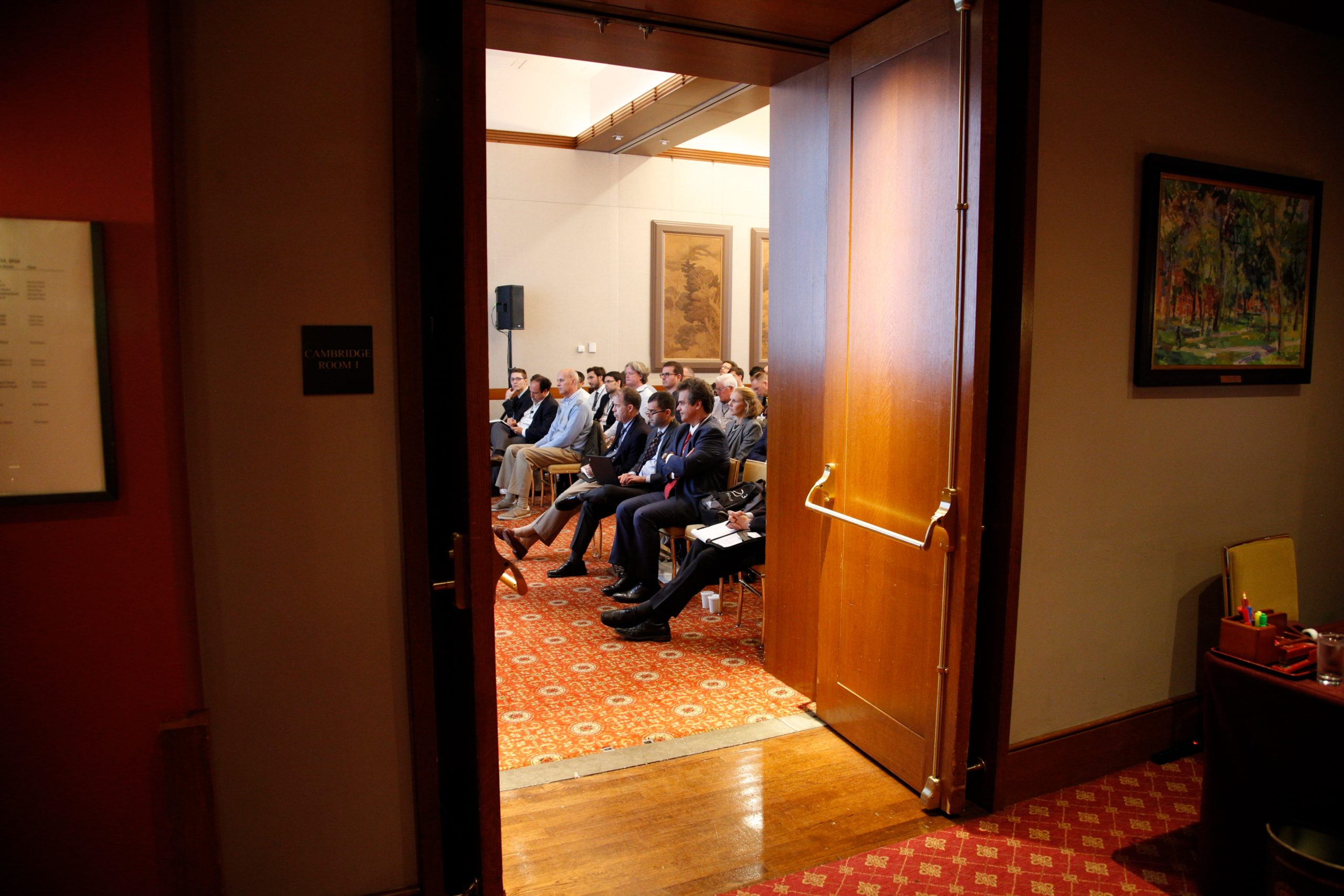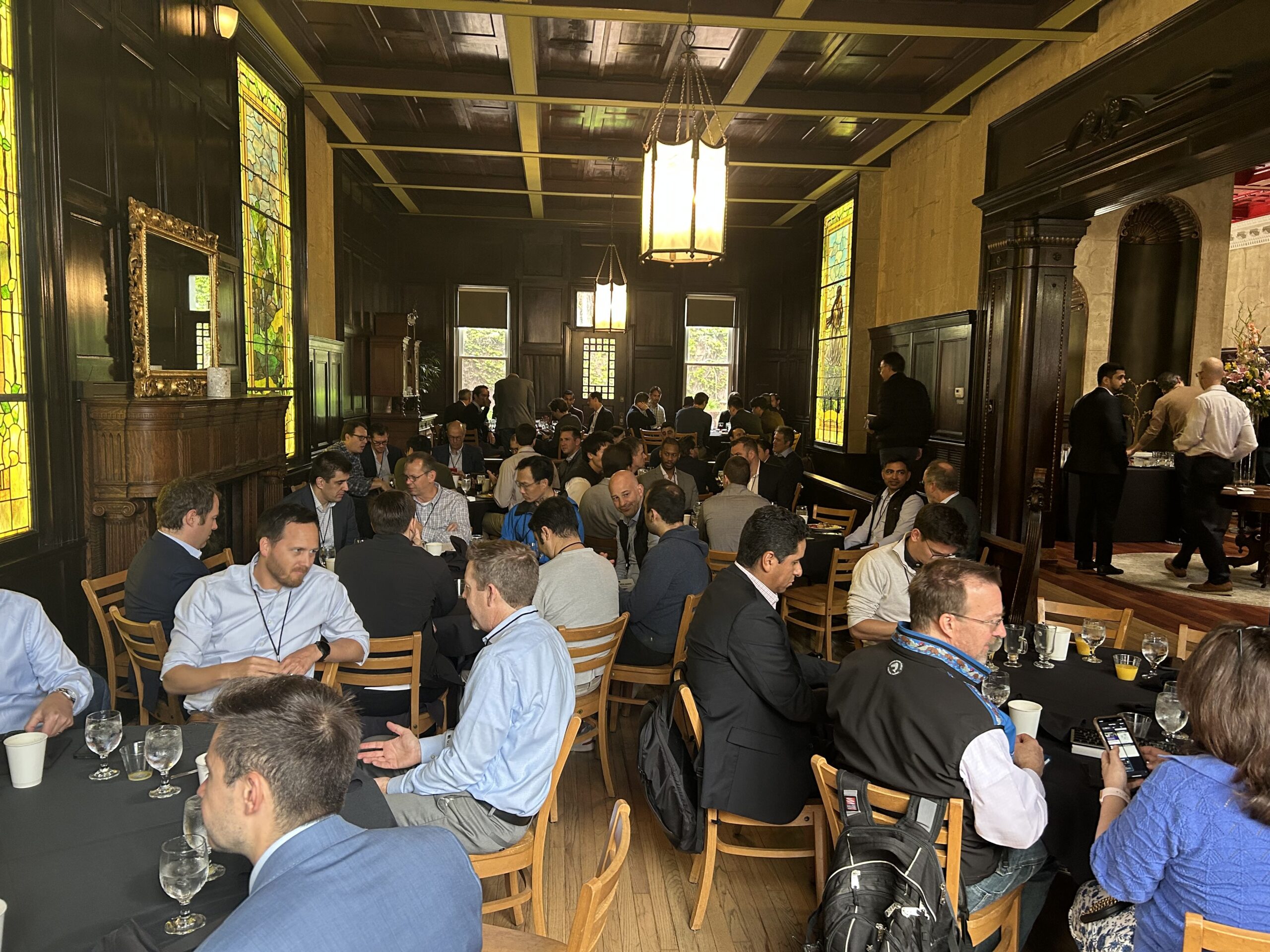Aswath Damodaran discussed his book, The Dark Side of Valuation: Valuing Young, Distressed, and Complex Businesses, at MOI Global’s Meet-the-Author Summer Forum 2021. Professor Damodaran teaches corporate finance and valuation at the Stern School of Business at New York University.
We are resurfacing this conversation at the Meet-the-Author Summit 2022 as we have received particularly positive member feedback regarding the wisdom and insights shared.
Editor’s note: We are delighted to have Alex Gilchrist, a London-based research associate at MOI Global, host the Meet-the-Author Summer Forum 2021.
The full session is available exclusively to members of MOI Global.
Members, log in below to access the full session.
Not a member?
Thank you for your interest. Please note that MOI Global is closed to new members at this time. If you would like to join the waiting list, complete the following form:
About the book:
Valuing money-making companies that have long histories and established business models is straightforward. It is when you encounter difficult-to-value companies that you feel the urge to go over to the dark side of valuation―where you abandon first principles and create new metrics. Aswath Damodaran looks at a range of these companies, from start-ups in new businesses to distressed companies, from banks facing regulatory turmoil to commodity firms, and from emerging market upstarts to multinationals that spread across geographies and businesses. With each grouping, he helps you examine the call of the dark side and its practices and frameworks to value these firms.
To answer these questions, Aswath looks at companies across the life cycle and in different markets, from Uber and Shake Shack at one end of the spectrum to Vale, Royal Dutch, and United Technologies at the other end.
In the process, you learn how to
- Deal with “abnormally low” and negative risk-free rates in valuation
- Adapt to dynamic and changing risk premiums
- Value young companies that are disrupting existing businesses
- Analyze commodity and cyclical companies across cycles
- Value a company as the sum of its parts or as an aggregation of its users/subscribers and customers
- Determine the difference between pricing and valuation, and why some investments can only be priced
About the author:
Aswath Damodaran is Professor of Finance at the Stern School of Business at New York University. He teaches the corporate finance and equity valuation courses in the MBA program. He received his MBA and PhD from the University of California at Los Angeles. He has written several books on corporate finance, valuation, and portfolio management. He has been at NYU since 1986 and has received the Stern School of Business Excellence in Teaching Award (awarded by the graduating class) eight times. He was profiled in BusinessWeek as one of the top twelve business school professors in the United States in 1994 and was chosen the most popular business school professor in 2012.













